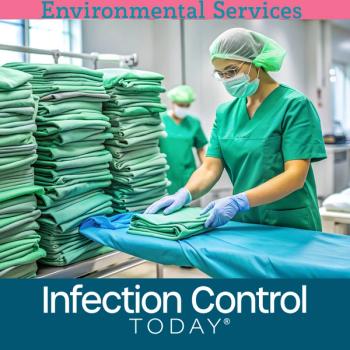
FDA Announces Strategic Approach for Combating Antimicrobial Resistance
Antimicrobial resistance (AMR)-the ability of a microorganism (bacteria, virus, fungi, parasite) to resist the effects of a drug-is a serious, complex and costly public health problem.
According to the Centers for Disease Control and Prevention, each year in the United States at least two million people develop serious infections caused by bacteria resistant to antibacterial drugs, and at least 23,000 people die as a result. Combating AMR requires multifaceted efforts in both the healthcare and veterinary sectors.
Antimicrobial resistance is recognized as a growing global threat. In 2014, the White House announced the National Strategy for Combating Antibiotic-Resistant Bacteria (CARB), underscoring the need for a coordinated inter-agency response to this threat. The FDA has been and continues to be integral in these efforts.
Several of FDA’s Centers-including the Center for Drug Evaluation and Research (CDER), Center for Devices and Radiological Health (CDRH), Center for Biologics Evaluation and Research (CBER), Center for Veterinary Medicine (CVM), National Center for Toxicological Research (NCTR), and the Office of the Chief Scientist-play key roles in combating AMR.
The FDA is dedicated to addressing the challenges AMR presents by helping to preserve the effectiveness of currently available antimicrobial drugs and promoting the development of new medical products that can help reduce the emergence and spread of AMR bacteria.
Working with both domestic and international partners, the FDA is proactively addressing the complex challenges associated with the growing threat of AMR by:
- Facilitating efficient product development to address AMR, including the development of new antimicrobials, diagnostic tests, and vaccines
- Promoting the appropriate and responsible use of antimicrobials and disseminating information promoting interventions that help slow the development of resistance
- Supporting the development and enhancement of tools for conducting surveillance of antimicrobial use and resistance so stakeholders can better track, treat, or respond to AMR outbreaks
- Advancing regulatory science to develop the tools, standards, and approaches to facilitate the translation of breakthrough discoveries in science and technology into innovative, safe, and effective medical products
To achieve this mission, the FDA will continue to work collaboratively with Congress, its partners at other U.S. government agencies, and other stakeholders to find additional ways to prevent, detect, and address AMR.
Source: FDA
Newsletter
Stay prepared and protected with Infection Control Today's newsletter, delivering essential updates, best practices, and expert insights for infection preventionists.





